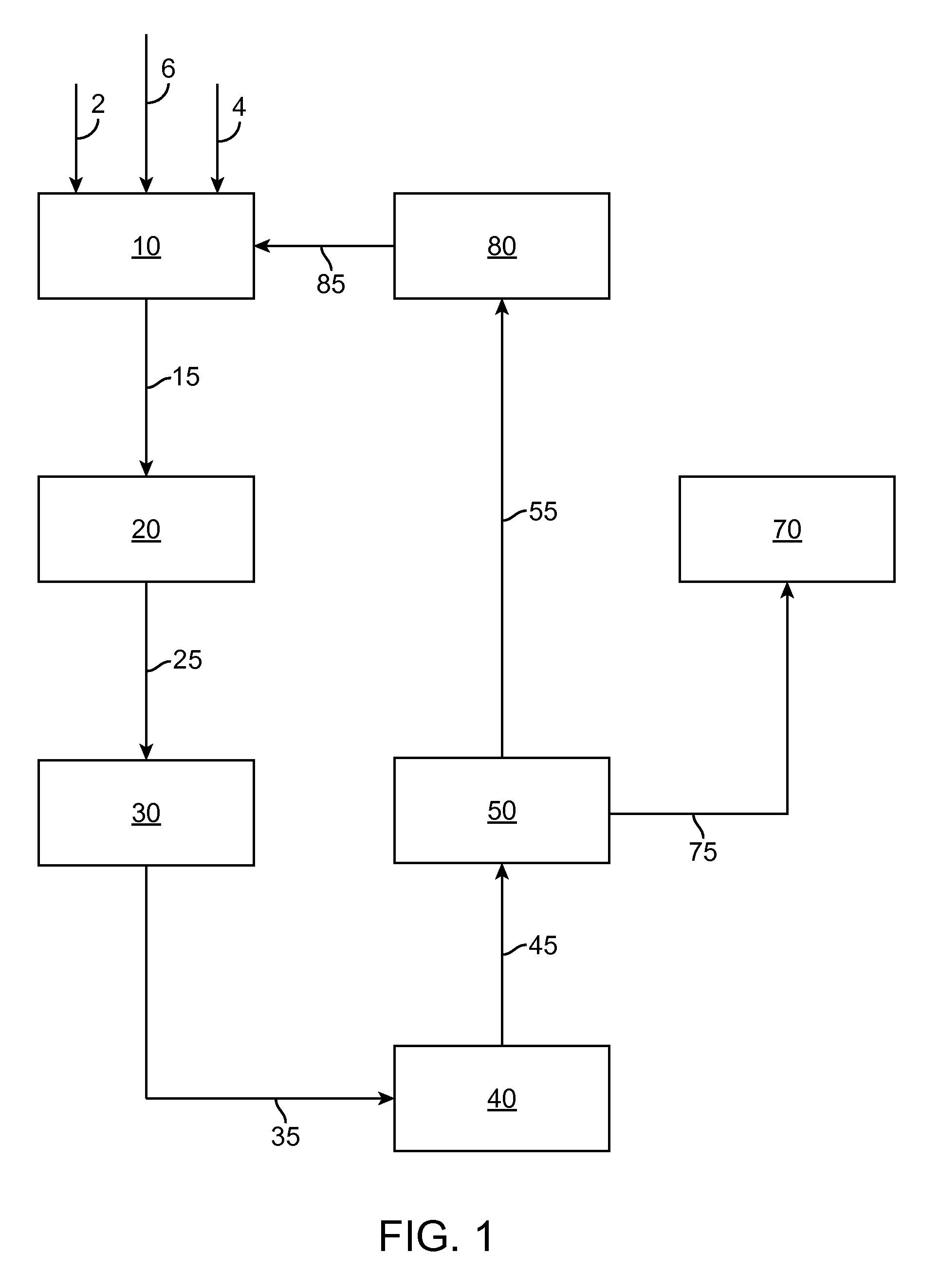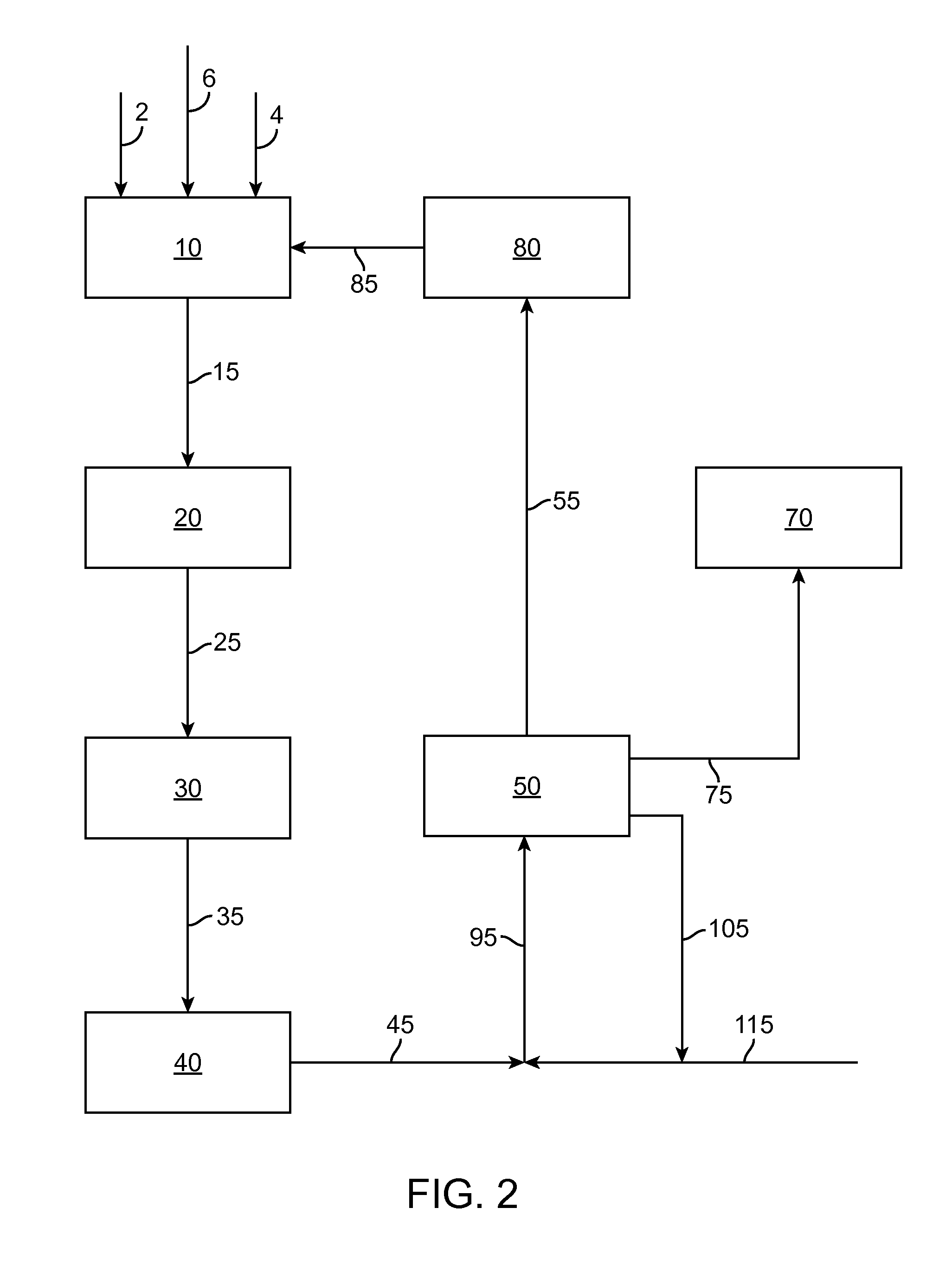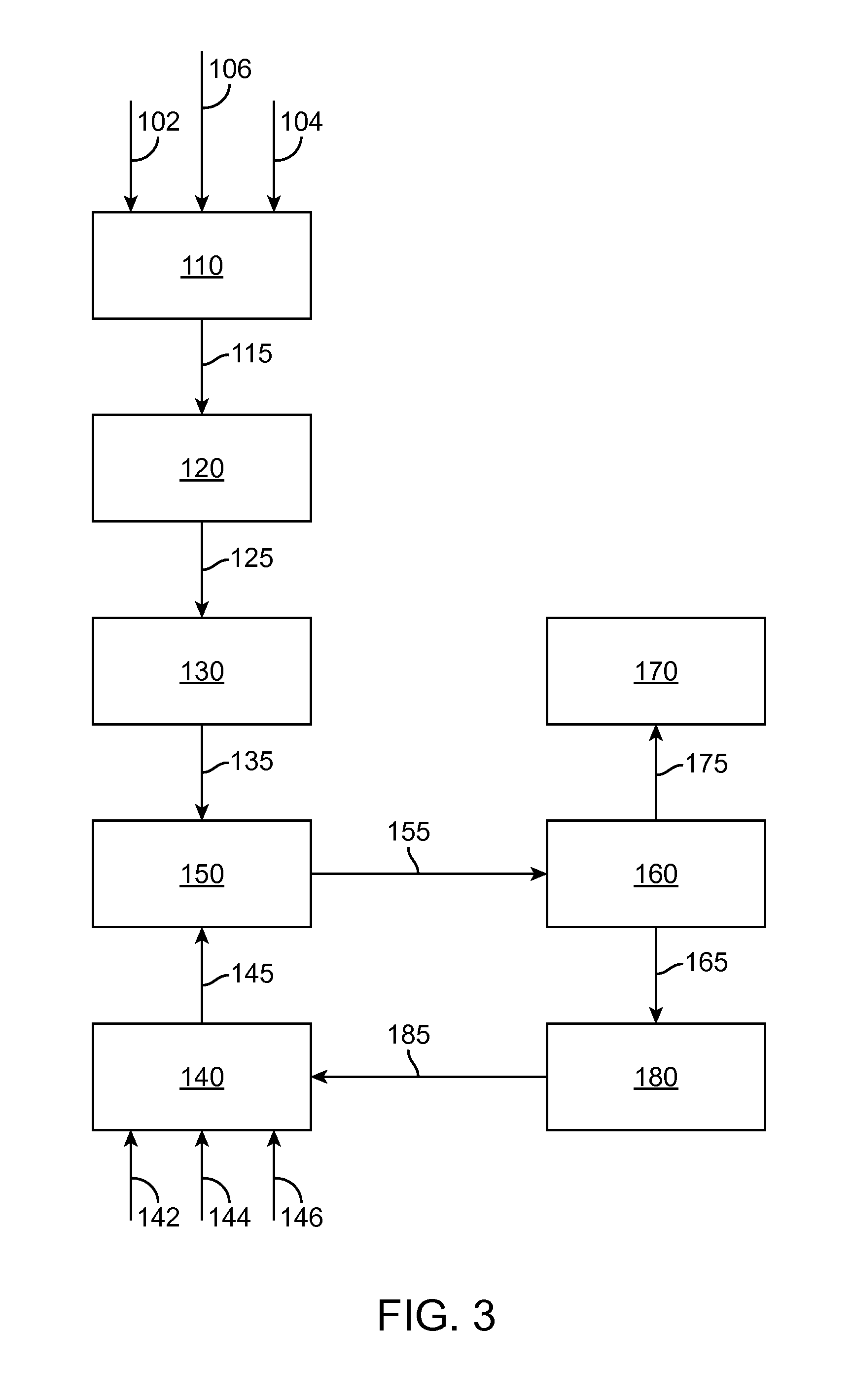In-Situ Kerogen Conversion and Oxidant Regeneration
a kerogen conversion and in-situ technology, applied in the field of in-situ kerogen conversion and oxidant regeneration, can solve the problems of unreliable kerogen conversion, unreliable kerogen conversion, and unreliable kerogen conversion, so as to achieve more environmental protection, more economical, and more efficient in producing commercial products.
- Summary
- Abstract
- Description
- Claims
- Application Information
AI Technical Summary
Benefits of technology
Problems solved by technology
Method used
Image
Examples
example
[0173]This example illustrates the effectiveness of potassium permanganate for producing high molecular weight organic acids in reactions with kerogen.
[0174]Kerogen was separated from a sample of oil shale that contained kerogen. The separated kerogen was largely organic matter, with a small amount of inorganic matter remaining from the inorganic substrate in which the kerogen originated. For this example, 2.50 grams of kerogen (organic matter basis) was combined with a solution containing 0.5 g KMnO4 in 100 ml of 1% KOH solution. The kerogen / KMnO4 mixture was stirred at 75° C. until the solution had lost its color, with no visual evidence of the purple permanganate color remaining. In general, this reaction took several hours, and up to 12 hours in some cases. The kerogen was then allowed to settle, and was separated from the solution. The kerogen was then rinsed with two 75 ml aliquots of 1% KOH solution. The two rinse solutions were set aside. The rinsed kerogen was then contacte...
PUM
 Login to View More
Login to View More Abstract
Description
Claims
Application Information
 Login to View More
Login to View More - R&D
- Intellectual Property
- Life Sciences
- Materials
- Tech Scout
- Unparalleled Data Quality
- Higher Quality Content
- 60% Fewer Hallucinations
Browse by: Latest US Patents, China's latest patents, Technical Efficacy Thesaurus, Application Domain, Technology Topic, Popular Technical Reports.
© 2025 PatSnap. All rights reserved.Legal|Privacy policy|Modern Slavery Act Transparency Statement|Sitemap|About US| Contact US: help@patsnap.com



